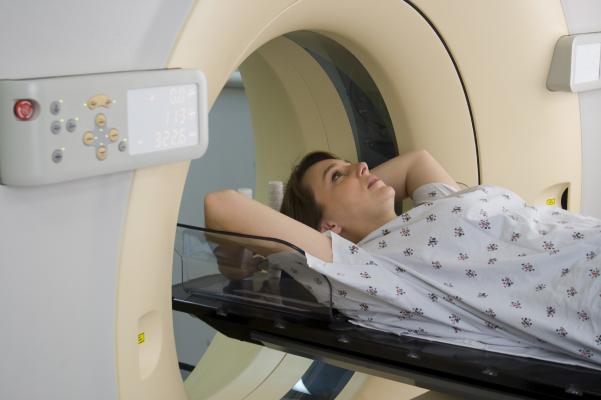
July 14, 2015 - Researchers at the University of Michigan have developed the first-ever 3-D complete computer model to help study treatment for pelvic organ prolapse, a mysterious condition often linked to childbirth.
Pelvic organ prolapse is a weakening of muscles and ligaments that causes organs like the bladder to drop from their normal place. For many women, the condition causes urinary problems, painful intercourse and uncomfortable pressure, and requires surgery for more than 200,000 women a year.
The biomechanical model, created from a 3-D magnetic resonance image (MRI) of a healthy 45-year-old woman, was featured in the Journal of Biomechanics. The model was used to evaluate the effects of changing individual aspects of the complex system to see how it affects the other organs - something that can't be done in women.
"What's revolutionary about using computer models is that for the first time in the OB/GYN field, biomechanics is being used to understand not only what happens during birth but how those injuries may evolve into bigger problems later in a woman's life," said senior author John O.L. DeLancey, M.D. director of pelvic floor research and the Norman F. Miller Professor of Obstetrics and Gynecology at the U-M Medical School.
"This specific biomechanical model allows us to better understand the intricacies inside the pelvic floor, such as changes in muscle strength and ligament stiffness that occur with pelvic prolapse. The hope is that this computer model will help us understand why some operations to repair prolapse fail."
DeLancey said about 15-20 percent of repair procedures for pelvic prolapse don't work but the reasons are unclear.
While animal models can be used to study organs like kidneys, the pelvic floor in humans is vastly different in four-legged animals. Authors say computer stimulation will be a key piece of improving pelvic floor research and ultimately treatment for each individual patient.
While there are as many operations for pelvic floor disorders as there are for breast cancer and twice as many as there are for prostate cancer, authors note the condition is less talked about because of its sometimes embarrassing nature.
"Pelvic prolapse has been called a hidden epidemic because it's not discussed as openly and as often as other conditions but it's more prevalent than people realize," said lead author Jiajia Luo, Ph.D., researcher with the Pelvic Floor Research Group and Biomechanics Research Laboratory at the U-M Department of Mechanical Engineering.
"Pelvic prolapse can cause great discomfort for women but we are limited in tailoring treatment. We hope that the insight gained from this sophisticated pelvic model and associated research opens the door to personalizing interventions and improving outcomes for women with this painful condition."
For more information: www.uofmhealth.org


 December 15, 2025
December 15, 2025 









